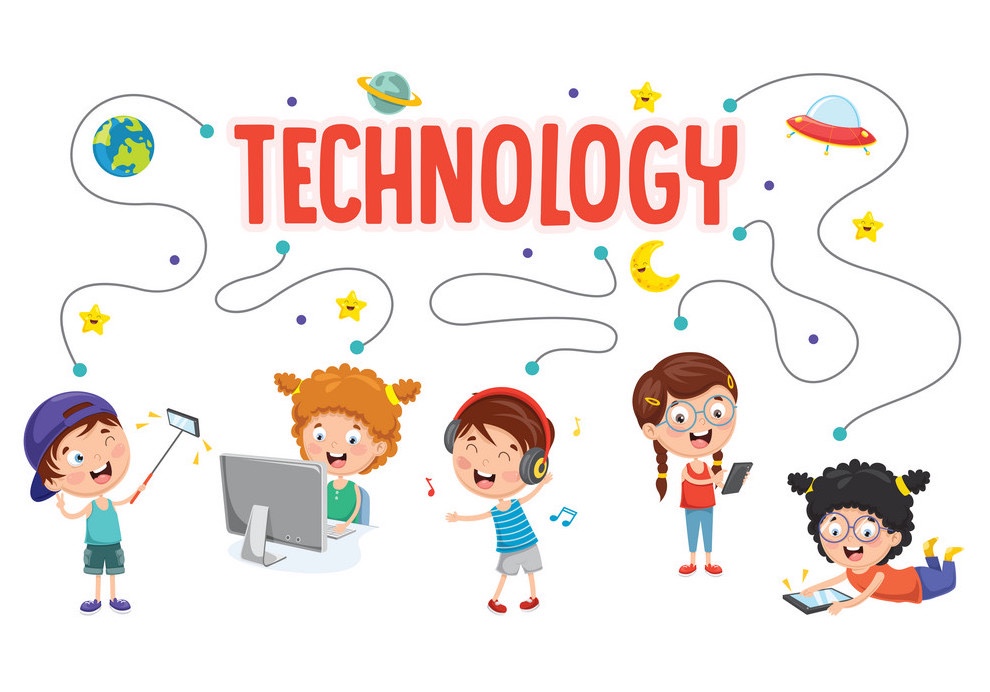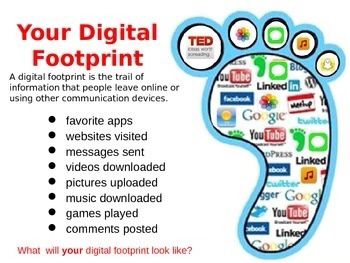We see a lot about safety in health outcomes, but it mostly pertains to being physically safe. It is not until grade 4 health that we start to see more about online safety and digital citizenship. During my three-week block for my pre-internship, I got the opportunity to witness and assist my teaching partner in teaching a grade 4 health unit in safety. I immediately thought back to this experience when we started to talk about digital citizenship and online safety in this course.
What outcome does this relate to? Outcome USC4.4: Determine basic personal responsibility for safety and protection in various environments/situations.
More specifically, what indicators relate to digital citizenship?
c) Investigate common personal and community activities/environments to identify those that involve greater safety risks.
d) Examine cyber safety etiquette and related safety risks and strategies.
e) Discuss various safety rules and practices related to community safety needs.
h) Distinguish behaviours that may jeopardize people’s safety and those that increase people’s safety in a variety of situations (e.g., ‘show-boating’ vs. being careful, not/wearing personal protective equipment, not/making and following a plan, not/asking permission).
i) Share expectations for personal safety and protection in various environments/situations.
j) Examine one’s responsibility to use electronic networks in an ethical and safe manner.

In relation to Ribble’s nine elements of digital citizenship, these indicators teach students:
- Digital etiquette by showing students how to behave appropriately online. By demonstrating the consequences of improper use, students will gain an understanding of how to interact with others online and follow rules.
- Digital fluency by allowing them to better understand technology and online environments, as well as how to use technology safely.
- Digital rights and responsibility by explaining that if you make a mistake online, you always need to tell a trusted adult. Mistakes are made and we need to show students that they are able to come to us for help, rather than dealing with the problem on their own or not at all.
- Digital security and privacy by showing students what viruses and harmful sources look like. This way students can steer clear of potentially harmful situations.
In my pre-internship experience, there were a variety of activities my teaching partner conducted that taught the students how to be safe online. I plan on using many of these activities and more in order to integrate digital citizenship into my classroom. The final project these students completed for this unit consisted of them developing an unsafe situation and creating a comic, using Pixton, that involved a safe solution to the issue. I would definitely use this in my classroom in regard to online safety. Giving students the freedom to create their own unsafe situations and solutions allows you to see if they truly understand what it means to be a good digital citizen.
Activities throughout this unit allowed students to come up with solutions to unsafe situations we may encounter online. At a grade 4 level, these students had lots of experience with technology, both at school and at home, so this was really good when wanting to see where students were at in terms of digital citizenship. Digital citizenship was a primary topic throughout this unit and the students really took the lead in providing ways to stay safe online.
One activity I really loved was creating a digital footprint. It was such a good way of explaining the term and showing students how what we do online, can leave a trail of information

One thing to keep in mind is that digital citizenship does not only have to be taught in certain health outcomes. With advancing technology and society, we see a vast change in our classrooms in regards to the use of technology. Students use computers, Chromebooks, tablets, ipads, and more on a daily basis. We can reinforce Ribble’s nine elements of digital citizenship anytime students are using technology.

Speaking from personal experience, when I went to elementary school, we did not often use technology unless we went to the computer labs. So when I was in my pre-internship classroom, I was shocked by how these students would use their Chromebooks and ipads to research anything and everything. They could be researching a type of frog in science and they click on the first website that comes up. I would make a point, until they know, to remind students not to click on those random advertisements on websites. Many of the students would sit there and laugh at the ads as they scrolled through them. I think if this happened in my classroom, I would research certain websites and limit the sources where students can find their information.